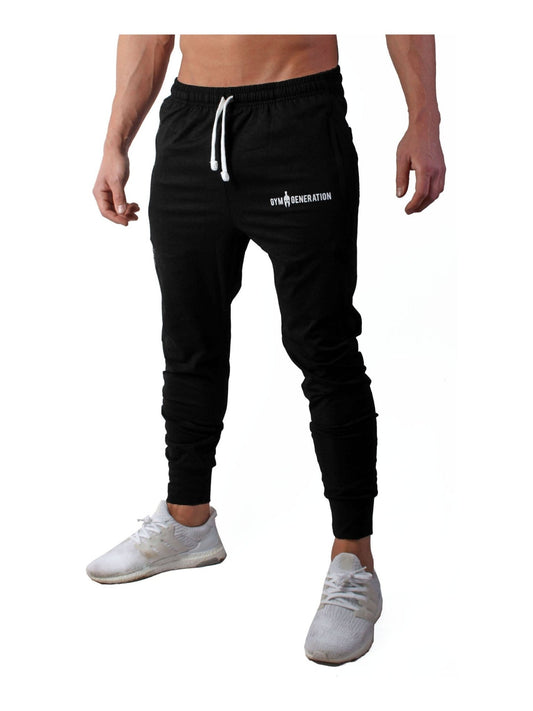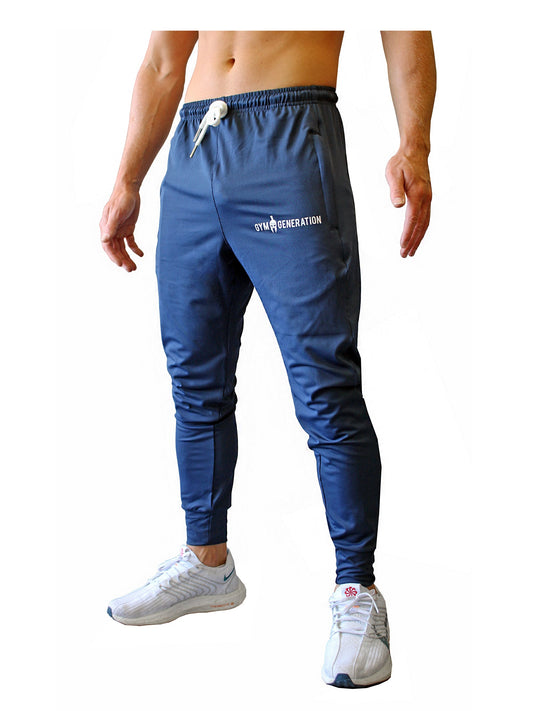Did you know there are some common myths about stretching? For example, it is not always advisable to stretch before exercising.
This may sound a bit odd, but research has shown that stretching on cold muscles can lead to injury and reduced performance. That's why it's best to stretch when your muscles are warmed up - usually after a short walk or exercise.
Not only does stretching help keep muscles healthy and increase blood flow, but there are many incredible mental health benefits of stretching as well.
Did you know that stretching can calm your mind, relieve tension and increase energy? By improving circulation and nutrient delivery, they not only offer incredible benefits to your muscles, but also energize your mind to feel more refreshed.
Regular stretching at least twice a week for ten minutes a day will help keep your mind and body flexible.
Why does stretching feel good?
One of the main reasons stretching feels so good is because your brain releases endorphins. Endorphins are natural chemicals that make us happier and help with stress and pain relief.
When blood flow to the muscles is increased (through static stretching), it affects the nervous system and works with endorphins to promote relaxation and rest.
The difference between static and dynamic stretching
There are two main types of stretching techniques that contribute to this pleasurable feeling: static stretching and dynamic stretching . What is the difference between static and dynamic stretching? In short, static stretching is primarily responsible for promoting relaxation.
Dynamic stretching, on the other hand, increases muscle temperature and decreases stiffness. The differences between the two types of stretching exercises are explained in more detail in the following sections.
What is dynamic stretching?
Dynamic stretching is usually done before starting a workout and involves active movements that prepare your muscles for activity. On the other hand, static stretching is done post-workout (we'll get to that in a moment).
What types of movements are considered part of dynamic stretching?
Examples include lunges, hip and arm circles, upper body twists, or any movement that activates the joints and muscles and allows them a full range of motion.
A key difference is that dynamic stretching positions don't need to be "held" for a specific amount of time, while static stretching exercises do.
The exercises that benefit most from dynamic stretching include running or jumping movements (like basketball, soccer, and volleyball), weight lifting (especially lower-body exercises), and any type of cardio exercise.
What is static stretching?
As the name suggests, static stretching requires you to remain inactive for up to 60 seconds during a specific stretching position. You stretch in a motionless position to relieve muscle tension and stiffness, loosen muscles, and increase muscle flexibility.
Static stretching should be done by anyone looking to increase their range of motion.
Some examples of static stretches are shoulder stretches, head bends, hamstring stretches, and quadriceps stretches.
Static stretching should be done after a workout or athletic activity to prevent injury. Performing a static stretch before an athletic movement can negatively impact your performance and limit your responsiveness in activities that require jumping, sprinting, and balance.
Why is stretching important?
Stretching is often considered a neglected aspect of overall health. Stretching properly (and at the right time) allows us to stay flexible, avoid injury, and reduce muscle soreness.
For people struggling with diabetes and depression, stretching has fantastic benefits as it increases blood flow and oxygen levels to carry essential nutrients to the muscles. Stretching also helps remove metabolic wastes like carbon dioxide and uric acid.
Proper stretching is critical to preventing injury, but improper stretching can do more harm than good.
If you experience intense pain or pressure on tendons, you should be careful about stretching or stop altogether. The slow and continuous stretching ensures that you achieve the greatest possible flexibility in your muscles.
What are your favorite stretching exercises? Do you stretch at home, during the day, or just before/after your workout? Let us know in the comments below.
































